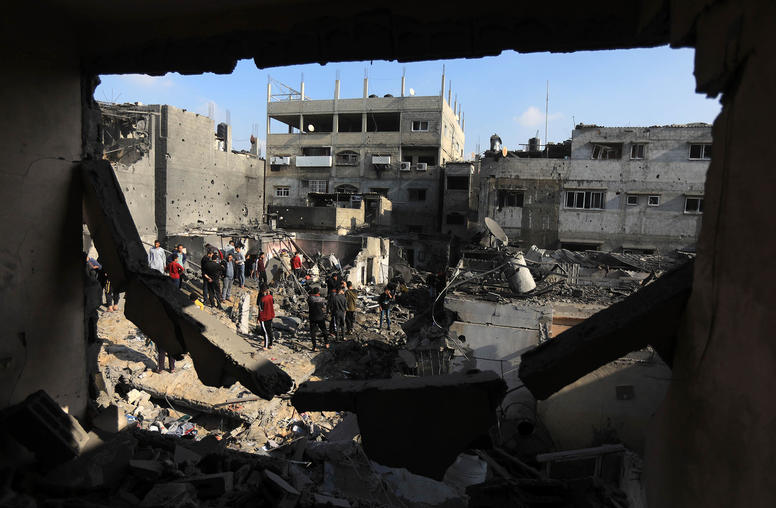In Pursuit of Peace
A History of the Israeli Peace Movement
When the Israeli prime minister and the PLO chairman shook hands on the White House lawn in 1993, Israeli peace activists had good reason to celebrate this major step on the long road to peace.
This book tells the story of the Israeli peace movement and the role it played in that pursuit of peace. It is an eloquent, fascinating account of a remarkably diverse and determined cast of activists: from war-weary soldiers to hard-headed politicians, careful scholars to impassioned artists.
Drawing on his experience in the peace movement, Bar-On provides intimate portraits of groups like Peace Now, Yesh Gvul, and the Women in Black, he also provides a sweeping historical synthesis of the course of the Israeli-Arab conflict, especially between 1967 and 1993.



